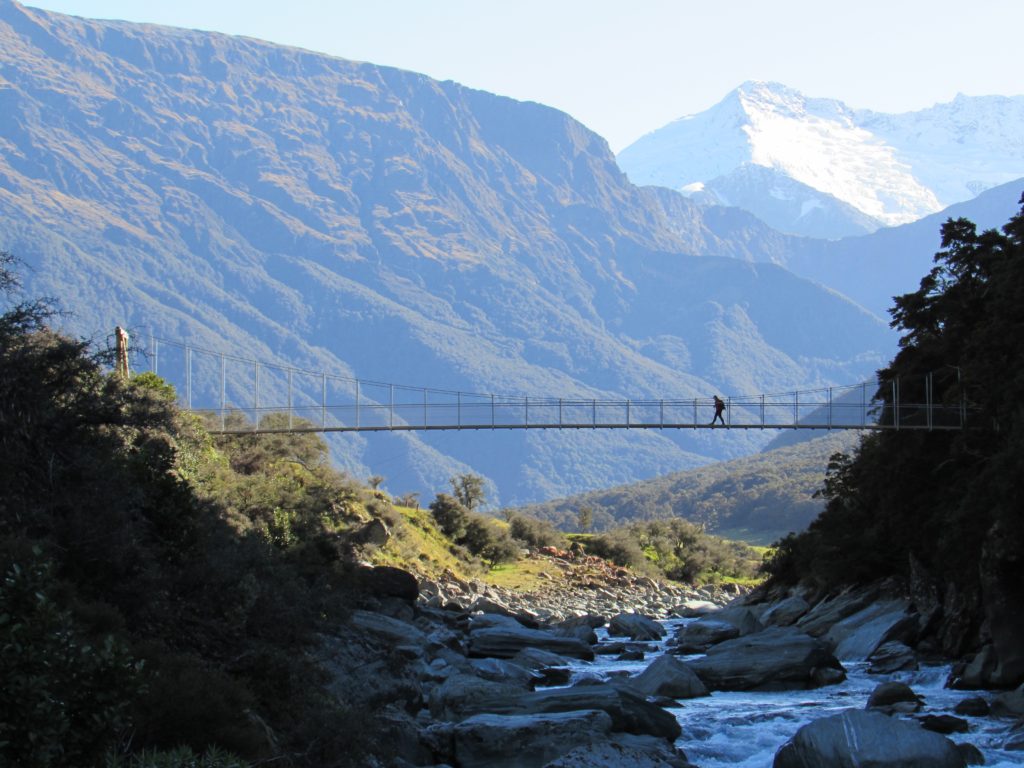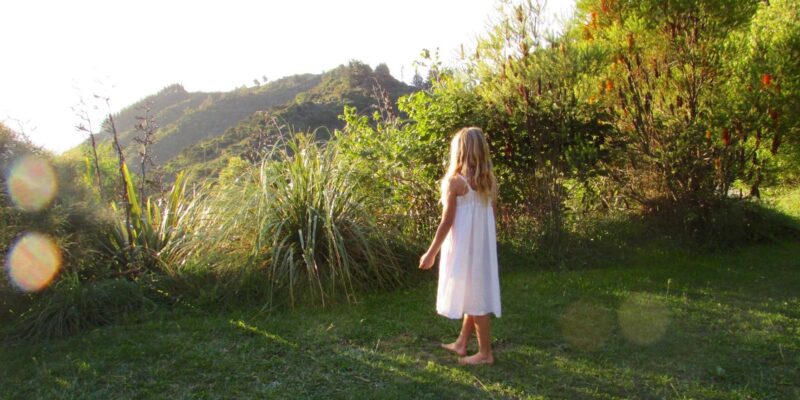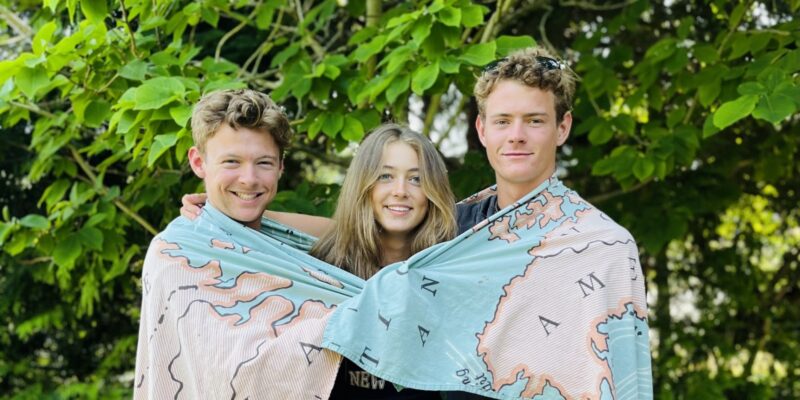
As the kids prepared for our time circling some of New Zealand’s highest peaks, facts about glaciers were swirling:
- Approximately 10 percent of the Earth is covered by glaciers; during the last Ice Age, they covered one-third of the Earth’s surface.
- Glacier ice is the largest reservoir of freshwater on the planet, storing an estimated 75 percent of the world’s supply.
- Glaciers are found in 47 countries.
- A glacier can range in length from the equivalent of a football field to more than 100 miles.
- The Antarctic ice sheet is actually a glacier and has existed for at least 40 million years. If it were to melt in its entirety, sea levels would rise 210 feet globally!
Hiking into glaciers seemed like something for people with “gear.” We have athletic shoes and day packs. As we wound our way into Franz Josef township, the hub of glacier country, we realized how accessible the glaciers were in this part of the world.
Fox Glacier is the longest of the awe-inspiring New Zealand West Coast glaciers. At its head, the soaring peaks of Mount Cook and Mount Tasman dominate the landscape. We quickly discovered that the terminal face of the Franz Josef glacier was less than three miles from where we were staying. With a hint of the smell of ice in the air, we set out to walk through the valley.
There are many very technical hikes in the area, but we stayed on the main path. Even after parking between tour busses, and trying to escape the helicopter noise buzzing over our heads, we stopped in our tracks when the celestial blue of the Franz Josef glacier came into view.
Still reeling from the beauty of Franz Josef and Fox Glacier, we made our way 150 miles south to Mount Aspiring National Park. The hike to the viewing point of the Rob Roy Glacier was about seven miles round trip. With swing bridge crossings and the West Matukituki River raging, we were so absorbed in our surroundings that the ascent flew by.
As the kea birds called and the beech forest transitioned into alpine vegetation, we came face to face with the power of our planet earth. We were nearly in the shadows of the glacier’s terminus. We heard its cracks and even a thundering avalanche. The kids bouldered to keep warm as the sun was no match for the chilling river of ice. Waterfalls were free-falling in the valley, as the rocky precipices were too steep for them to cascade.
New Zealand’s glaciers reminded us that nature is:
- Powerful and delicate
- Mystical and scientific
- Historic and futuristic
- Otherworldly and grounded
- Tranquil and dynamic
- In need of protection and capable of providing shelter
We walked slowly around Lake Matheson, formed about 14,000 years ago when the Fox Glacier retreated from its last major advance. The lake has an amazing reflective quality and gave us a new perspective as we gazed at the mirror image of the surrounding peaks dancing on the water’s rippled surface. We realized, in that moment of reflection, that the facts we gathered prior to arriving backed our experience but the experience could never be captured by facts.


